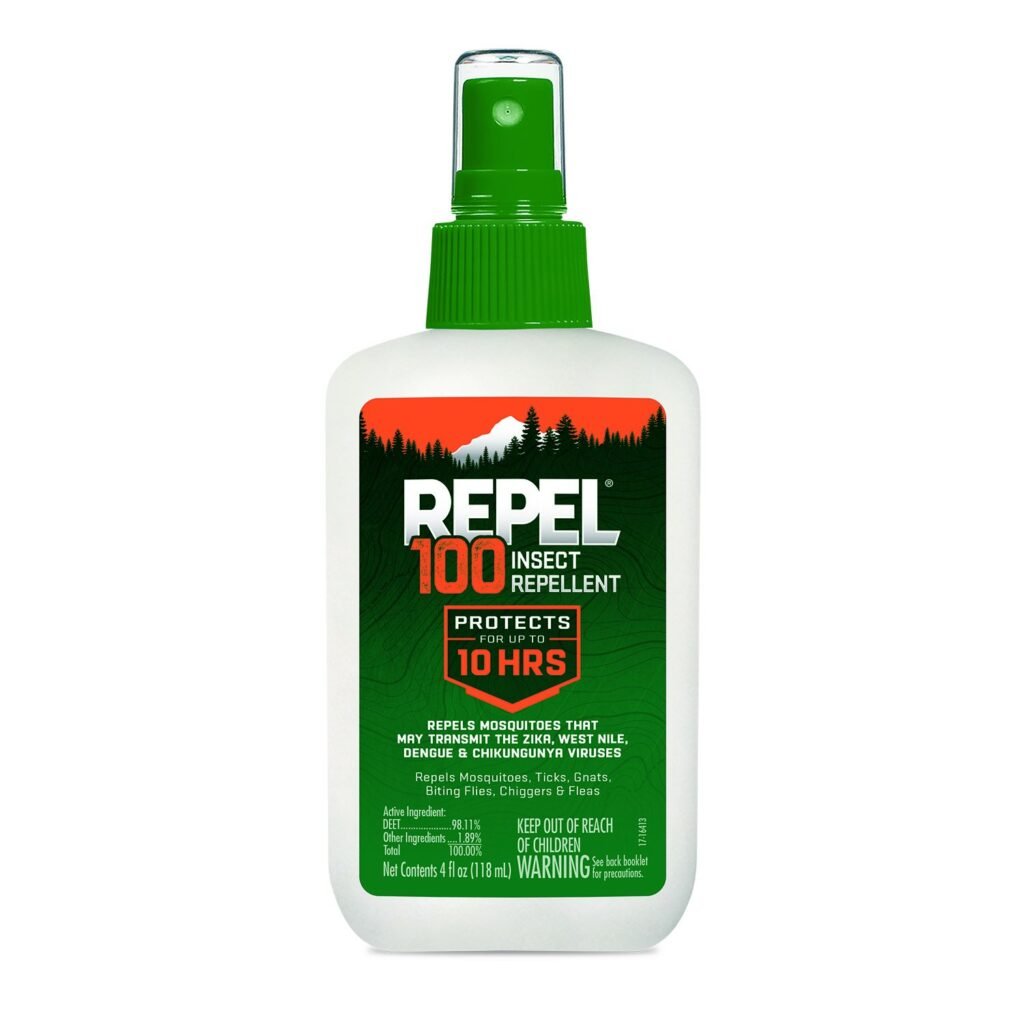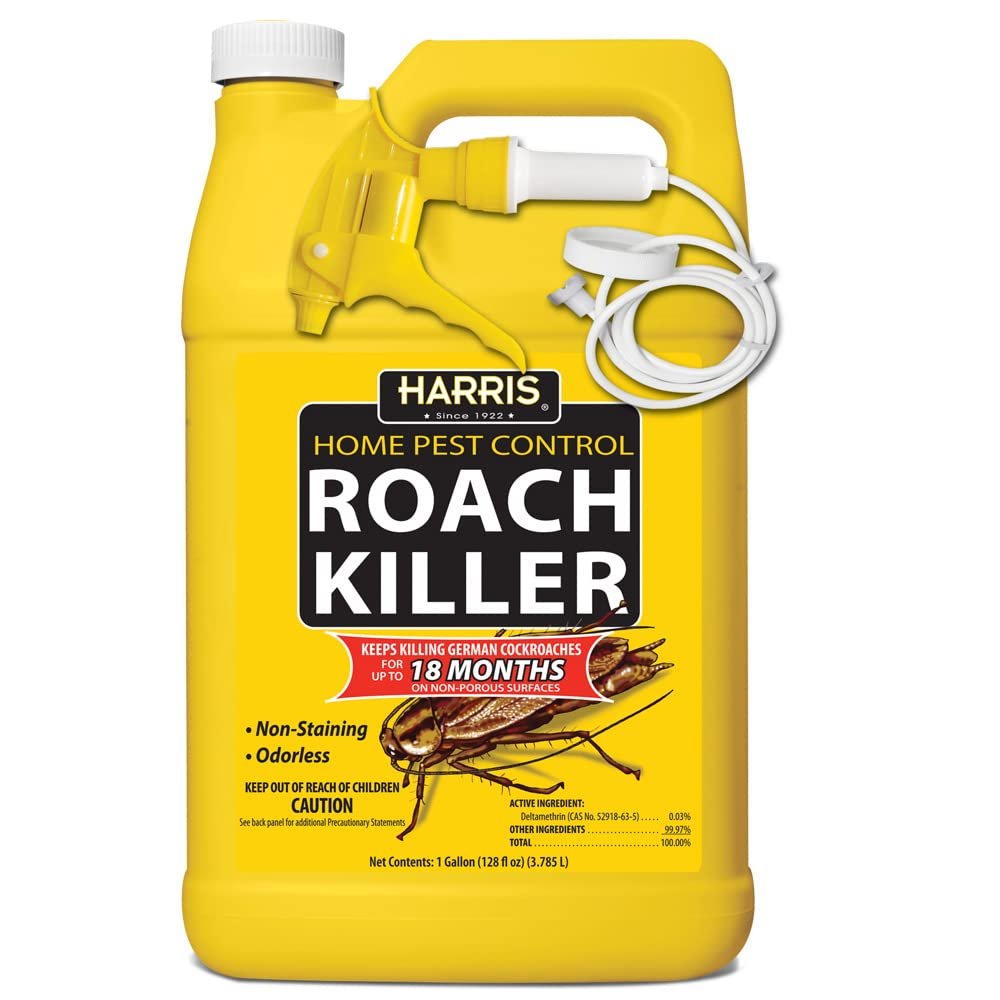In your home, a few roaches may occasionally appear and can usually be handled with a quick swipe of a shoe. However, when the sightings become more frequent, and the creepy crawlies seem to be multiplying exponentially, it’s time to consider calling in the professionals. This article explores the threshold of roach sightings that should prompt you to pick up the phone and contact an exterminator, ensuring a pest-free and comfortable living environment.
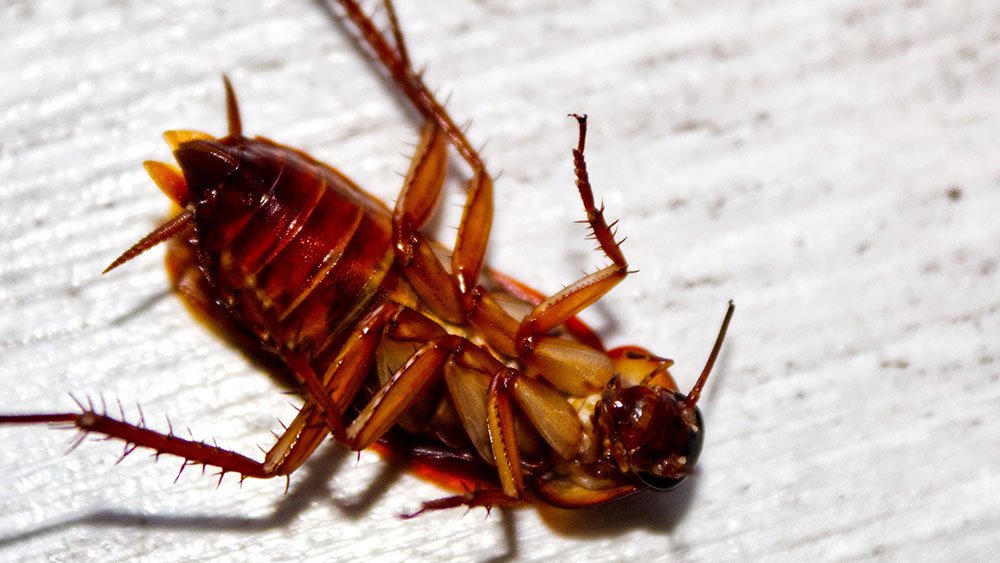

Signs of a Roach Infestation
Visible roaches
One of the most obvious signs of a roach infestation is actually seeing the roaches themselves. If you start noticing live roaches scurrying around your home, especially during the daytime, it is a clear indication that you have a roach problem. These pests are nocturnal creatures, so if you see them out and about during the day, it means their populations are becoming quite large.
Roach droppings
Roach droppings are another telltale sign of an infestation. Roaches leave behind small, brown or black droppings that look like pepper or coffee grounds. These droppings can be found in areas where roaches tend to hide or travel, such as kitchen cabinets, drawers, and behind appliances. If you notice an accumulation of such droppings, it is a strong indication that roaches are present in your home.
Egg casings
Roaches reproduce at an alarming rate, so if you come across egg casings, it is a definite sign of a roach infestation. These casings are small, oval-shaped structures that contain multiple roach eggs. They are typically brown or tan in color and can be found in hidden areas like cracks, crevices, and behind furniture. If you spot these egg casings, it means that a significant number of roaches have already reached maturity and are actively breeding in your home.
Musty odor
An unpleasant, musty odor is another indicator of a roach infestation. Roaches emit a pheromone that can give your home a distinct smell. This odor is often described as a combination of an oily and musty scent. If you start noticing this lingering smell in your home, it is highly likely that a roach colony is thriving nearby.
Determining the Severity of the Infestation
Number of roaches
The number of roaches you spot in your home can help gauge the severity of the infestation. If you only come across one or two roaches occasionally, it may indicate a minor problem that can possibly be addressed with DIY methods. However, if you consistently encounter a large number of roaches, it suggests a more severe infestation that will likely require professional assistance.
Frequency of sightings
The frequency at which you see roaches is another factor to consider in determining the severity of the infestation. If you regularly spot roaches, especially during daytime hours, it suggests a robust population hiding within your home. This frequent presence of roaches indicates that they have established themselves and are actively inhabiting various areas of your house.
Distribution of roaches
Take note of where you encounter roaches within your home. If they seem to be concentrated in one particular area, such as the kitchen or bathroom, it might suggest a localized infestation that has not yet spread throughout the house. On the other hand, if you find roaches in multiple rooms or in different areas of your home, it indicates a more extensive infestation that requires immediate attention.
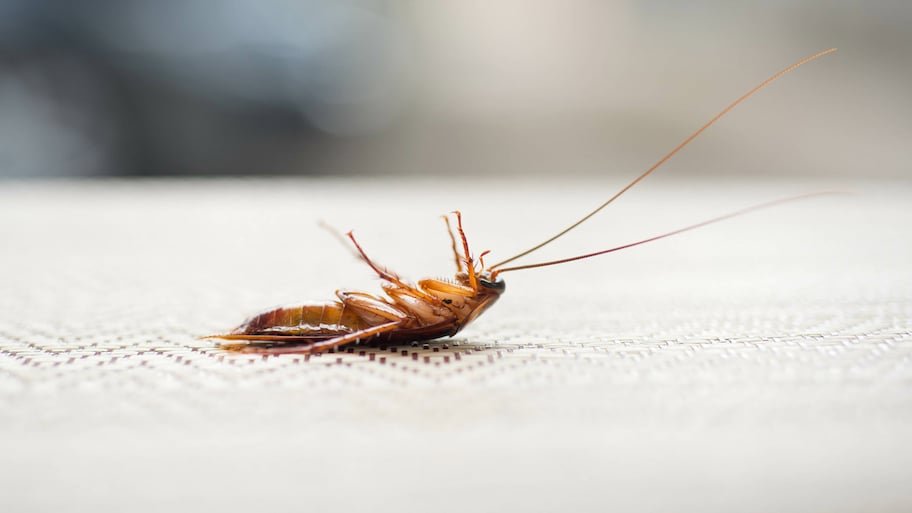

Health Risks Associated with Roach Infestations
Allergies and asthma
Roach infestations can pose significant health risks, especially for individuals with allergies and asthma. Roach allergens, including their saliva, feces, and shed exoskeletons, can trigger allergic reactions and asthma attacks in sensitive individuals. These reactions can range from mild symptoms like coughing and sneezing to more severe respiratory distress. If you or a family member are prone to allergies or have asthma, it is crucial to address a roach infestation promptly to prevent potential health complications.
Food contamination
Roaches have a particular affinity for food sources and can contaminate them with their droppings, saliva, and body parts. This contamination can lead to foodborne illnesses such as salmonella and E. coli. By consuming contaminated food, you and your family members can become at risk for developing gastrointestinal issues and other health problems. It is crucial to eliminate roaches from your living spaces to maintain proper food hygiene.
Spread of bacteria and pathogens
Roaches are known for spreading bacteria and pathogens as they crawl on various surfaces. These pests often come into contact with unsanitary areas, such as sewers and garbage, before venturing into our homes. As they move around, they can transfer harmful bacteria and disease-causing pathogens onto countertops, utensils, and food preparation areas. This can significantly increase the risk of infections and diseases such as dysentery, typhoid fever, and even the transmission of antibiotic-resistant bacteria.
Factors to Consider Before Calling an Exterminator
Personal tolerance
Before calling an exterminator, it’s important to assess your personal tolerance towards roaches. Some individuals may be extremely fearful or disgusted by the mere presence of a single roach, while others may be more tolerant and able to handle a few occasional sightings. Consider your comfort level and how much you can tolerate having roaches in your home before deciding to take action.
Size of the infestation
The size of the roach infestation is a crucial factor to consider when deciding whether to call an exterminator. If the infestation is small, consisting of only a few roaches, it may be possible to control it using do-it-yourself (DIY) methods. However, if the infestation is extensive and widespread, with a high number of roaches, it is advisable to seek professional help to effectively eliminate the problem.
Efficiency of DIY methods
Before resorting to professional extermination services, it’s worth exploring DIY methods to control a roach infestation. DIY treatments can be effective for minor infestations and may save you money in the short term. However, it is important to consider the efficacy of these methods. If your DIY efforts prove to be ineffective in reducing the roach population or if the infestation persists, it is a clear indication that professional extermination is necessary.


When to Call an Exterminator
Immediate health risks
If you or your family members are experiencing allergic reactions or asthma symptoms, it is crucial to call an exterminator immediately. The presence of roaches and their associated allergens can significantly impact respiratory health and trigger severe allergic reactions. Additionally, if you notice signs of food contamination or start falling ill due to potential bacteria spread by roaches, it is vital to seek professional help promptly to protect your health.
Persistent infestation despite DIY efforts
If you have taken diligent measures to address a roach infestation using various DIY methods but continue to encounter roaches regularly, it indicates that the infestation is beyond your control. Persistent infestations imply that the roach population is well-established and requires professional intervention to effectively eliminate them. It is best to call an exterminator in such cases to ensure long-lasting results.
Potential damage to property
Roaches not only pose health risks but can also cause damage to your property. They are known to feed on paper products, cardboard, and even fabrics. If you notice signs of roach-related property damage, such as chewed corners of books or holes in clothing, it indicates that the infestation has reached a level where it can cause significant harm. To prevent further damage and protect your belongings, calling an exterminator is the wisest course of action.
Steps to Take Before the Exterminator Arrives
Clean and declutter your home
Before the exterminator’s visit, make sure to thoroughly clean and declutter your home. Roaches are attracted to food debris and clutter, so removing these sources will help make your home less enticing for them. Clean countertops, sweep and mop floors, and store food in airtight containers. Additionally, decluttering your living spaces will eliminate potential hiding spots for roaches, making the extermination process more effective.
Seal cracks and crevices
Roaches can enter your home through small cracks and crevices, so it is essential to seal these entry points before the exterminator arrives. Use caulk or foam sealant to seal gaps around windows, doors, and utility openings. Pay particular attention to areas where pipes and cables enter your home. By sealing these openings, you can prevent roaches from entering your living spaces and minimize future infestations.
Eliminate food and water sources
Roaches require access to food and water to survive, so eliminating these sources will help deter them. Fix any leaks and eliminate standing water in and around your home. Wipe up spills promptly and store food in sealed containers. Regularly empty and clean pet food dishes, as they can attract roaches. By removing their food and water supply, you can make your home less appealing to roaches and assist in the extermination process.
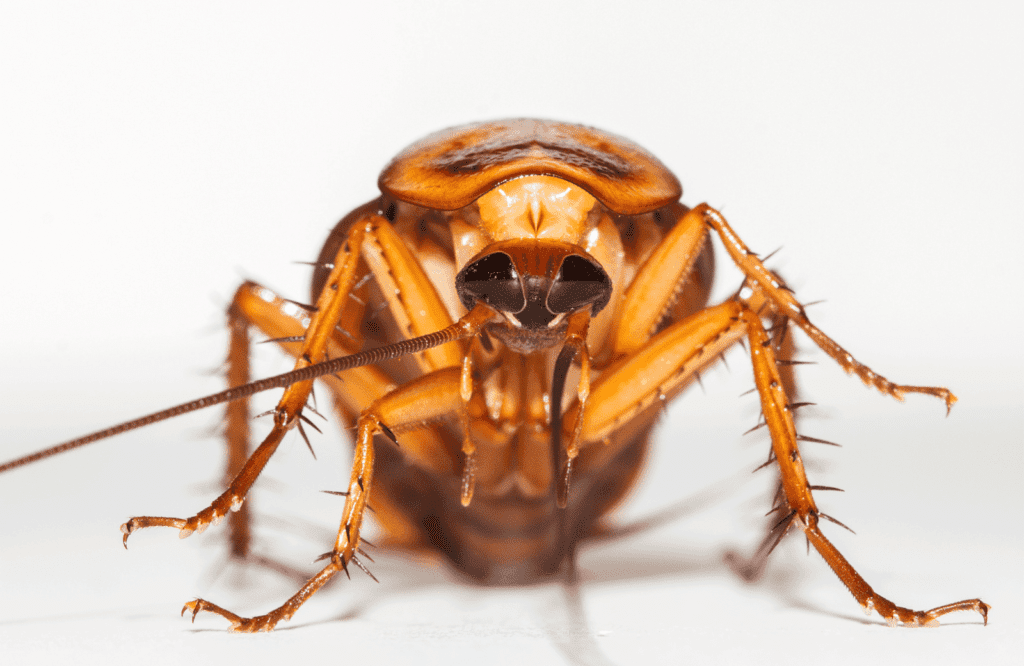

What to Expect from Professional Extermination Services
Inspection and assessment
When you hire a professional exterminator, they will first conduct a thorough inspection of your home to assess the severity of the infestation. They will identify the areas where roaches are most active, as well as any potential entry points or harborage sites. This inspection will help the exterminator formulate an effective treatment plan tailored to your specific infestation.
Treatment options
Professional exterminators employ various treatment methods to eradicate roach infestations. These can include targeted insecticide applications, dusts, baits, and even fumigation in severe cases. The chosen treatment method will depend on the extent of the infestation, the species of roaches present, and the specific needs of your home. Exterminators will use their expertise to select the most appropriate treatment option to ensure effective and safe elimination of the roaches.
Follow-up visits
A single treatment may not always eradicate the entire roach colony, especially in severe infestations. Professional exterminators typically schedule follow-up visits to monitor the progress and perform additional treatments if necessary. These follow-up visits are crucial to ensure complete elimination of the infestation and to prevent any potential reinfestations. The number of required visits will depend on the severity of the infestation and the treatment method employed.
How to Choose an Exterminator
Research and ask for recommendations
When selecting an exterminator, it is important to conduct thorough research and ask for recommendations from trusted sources. Look for reputable pest control companies with a proven track record of successfully dealing with roach infestations. Reading online reviews and seeking referrals from friends, family, or neighbors who have previously dealt with roach problems can help you find a reliable and effective exterminator.
Check for proper licensing and certifications
Ensure that the exterminator you choose is properly licensed and certified. Licensing requirements vary by location, so make sure the exterminator holds the necessary credentials to perform pest control services in your area. Certification from reputable organizations, such as the National Pest Management Association (NPMA), can further validate the exterminator’s expertise and commitment to professional standards.
Inquire about treatment methods and safety precautions
Before hiring an exterminator, inquire about the treatment methods they use and the safety precautions they take. A reputable exterminator will be transparent about the products they use, ensuring they are safe for your family, pets, and the environment. They should also provide clear instructions on any necessary preparations or precautions you need to take before, during, and after the treatment to ensure optimal results and safety.


Preventing Future Roach Infestations
Maintain cleanliness and hygiene
One of the most effective ways to prevent future roach infestations is to maintain cleanliness and good hygiene practices in your home. Regularly clean up food debris, wipe down surfaces, and vacuum regularly to eliminate potential food sources for roaches. Keep your kitchen tidy and promptly fix any plumbing leaks or sources of excess moisture that can attract roaches. By maintaining a clean and hygienic environment, you can significantly reduce the risk of future infestations.
Seal entry points
Roaches can enter your home through small cracks and gaps, so it is important to seal any potential entry points. Regularly inspect the exterior of your home for gaps around windows, doors, utility lines, and vents. Use caulk or weatherstripping to seal any openings and prevent roaches from gaining entry. Additionally, ensure that screens on windows and doors are intact to prevent roaches from entering your home.
Keep food and water sources inaccessible
Roaches are attracted to food and water, so it is crucial to keep these sources inaccessible to them. Store food in airtight containers and promptly clean up spills and crumbs. Avoid leaving food out overnight and make sure pet food is not left sitting out. Fix any plumbing issues, such as leaks or dripping faucets, to eliminate sources of standing water. By denying roaches access to food and water, you can make your home less appealing and prevent future infestations.
DIY Tips for Controlling Roach Infestations
Use cockroach baits and traps
Cockroach baits and traps can be an effective DIY method for controlling roach infestations. These products contain attractants that entice roaches, leading them to consume the poisoned bait or get trapped in sticky traps. Place the baits and traps in areas where roaches are commonly seen, such as under sinks, along baseboards, and in corners. Be sure to follow the instructions carefully and regularly replace baits and traps as needed for optimal results.
Seal cracks and gaps
Sealing cracks and gaps is not only a preventive measure but also a way to limit the movement and access of existing roaches in your home. Use caulk or sealant to fill in any cracks and gaps in walls, baseboards, and areas where pipes and cables enter your home. Pay special attention to kitchen and bathroom areas, as these are common entry points for roaches. By sealing off these potential hiding spots, you can restrict their movement and make it more difficult for them to survive.
Maintain cleanliness
Regular cleaning is vital in controlling and preventing roach infestations. Clean up food debris, wipe down surfaces, and vacuum regularly to eliminate potential food sources and hiding spots for roaches. Pay attention to areas where crumbs and spills tend to accumulate, such as kitchen countertops, dining areas, and around pet feeding areas. By maintaining cleanliness, you can actively discourage roaches from colonizing your home.
In conclusion, recognizing the signs of a roach infestation and understanding the severity of the problem are important steps in addressing the issue. The health risks associated with roach infestations highlight the importance of prompt action, particularly if you or your family members have allergies or asthma. Factors such as personal tolerance, the size of the infestation, and the efficiency of DIY methods should also be considered before deciding whether to call an exterminator.
Taking steps to prepare your home before the exterminator arrives, such as cleaning, sealing cracks, and removing food and water sources, can improve the effectiveness of the treatment. When choosing an exterminator, do your research, check for proper licensing and certifications, and inquire about their treatment methods and safety precautions.
Preventing future infestations involves maintaining cleanliness and hygiene, sealing entry points, and keeping food and water sources inaccessible to roaches. Additionally, implementing DIY tips like using baits and traps, sealing cracks and gaps, and maintaining cleanliness can help control roach populations.
By following these guidelines, you can tackle a roach infestation effectively and take proactive measures to prevent future occurrences, ensuring a pest-free and healthy living environment for you and your family.
Your Expert in Animal Control and Extermination. Trust our experience for humane, effective pest management, protecting your property and ensuring peace of mind with Michael S.




